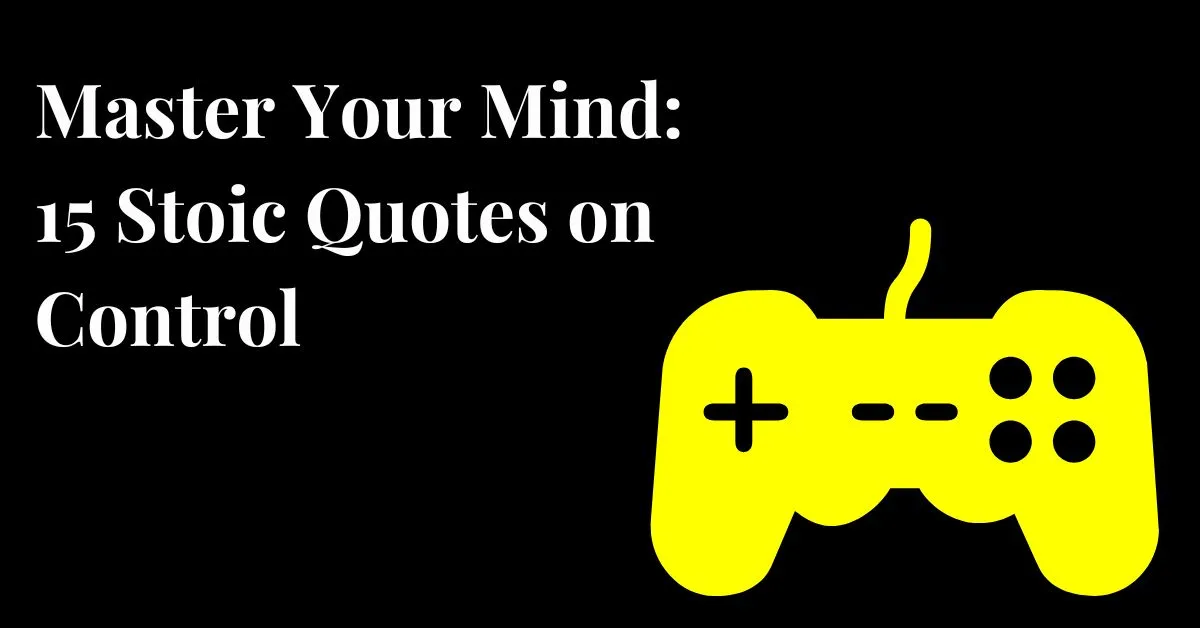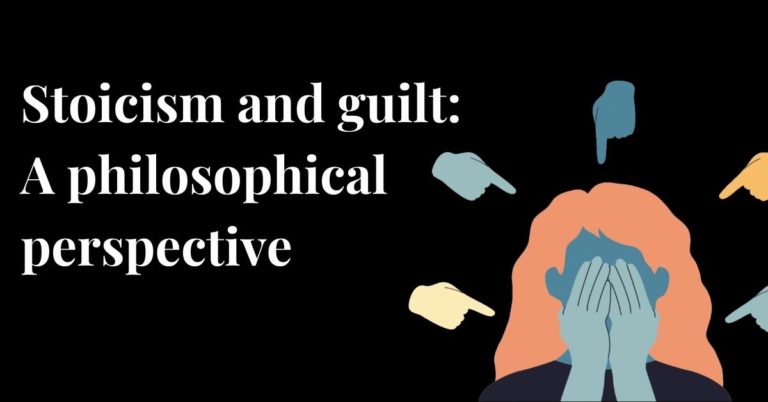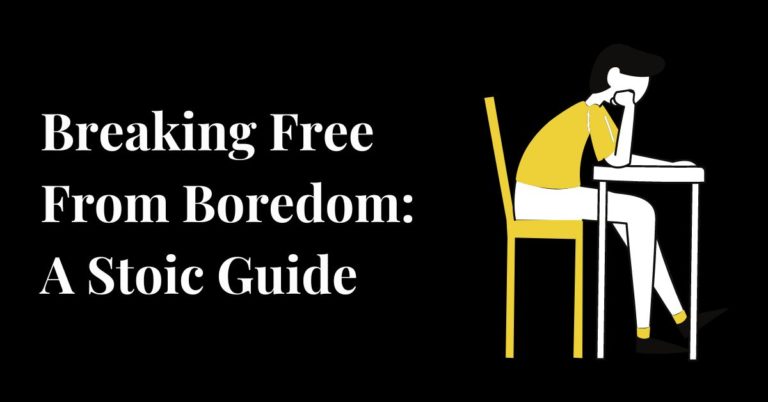The only real failure is the failure to try – Seneca
The perception of failure varies across cultures. In some cultures, it is seen as a normal and inevitable part of life, while in others it is viewed as a disgraceful or embarrassing event to be avoided at all costs. According to Stoic philosopher Seneca, the only real failure is the failure to try. In this article, we examine its different perceptions across Western and Eastern cultures.
Table of Contents
Western cultures

In many Western societies, failure is often stigmatized and seen as a negative personal attribute. This can lead to a reluctance to take risks or try new things. This can be driven by a number of factors, including the fear of being judged and the fear of disappointing others/oneself.
This fear can have significant consequences for an individual’s personal and professional life. It may lead to a lack of confidence and motivation, and it can also prevent people from pursuing their goals and dreams. It can also limit their potential for growth and development, as they may be too afraid to take on new challenges or learn new skills.
In contrast to many Western societies, failure is often perceived differently in many Eastern cultures.
Eastern cultures

There are many Eastern cultures that place a greater emphasis on the value of effort and the process of learning from mistakes, rather than viewing failure as a negative personal attribute. Some examples of Eastern cultures include:
Japan
In Japanese culture, failure is often seen as an opportunity to learn and grow, rather than a negative personal attribute. The concept of “shokunin” (craftsman) embodies this mindset, as it emphasizes the importance of continuously learning and improving one’s skills.
China
In traditional Chinese culture, failure is often seen as a natural and inevitable part of the learning process. Confucian teachings, in particular, place a strong emphasis on the value of effort and perseverance, and people may be encouraged to learn from their mistakes and try again.
India
In Indian culture, the concept of “tapasya” (austere devotion) emphasizes the importance of perseverance and the value of effort, even in the face of failure. This mindset is reflected in the belief that success is ultimately achieved through hard work and determination.
Korea
In Korean culture, the concept of “jeong” (close relationships) emphasizes the importance of supporting and helping one another through difficult times, including failures. As a result, failure may be seen as a natural part of the learning process and an opportunity for personal growth, rather than a negative personal attribute
Conclusion
The perception of failure varies greatly across different cultures and societies. In Western cultures, it is often stigmatized and viewed as a negative personal attribute. In contrast, many Eastern cultures view it as a natural and inevitable part of the learning process.
As Stoic philosopher Seneca said, “The only real failure is the failure to try.” This underscores the importance of taking risks and trying new things. The way in which failure is perceived can greatly impact an individual’s willingness to persevere in the face of challenges and take on new opportunities.
To learn more about Stoicism, check out these posts:
The Ultimate Revenge: Becoming Unlike Those Who Hurt Us
Why do we suffer more in imagination than in reality?






